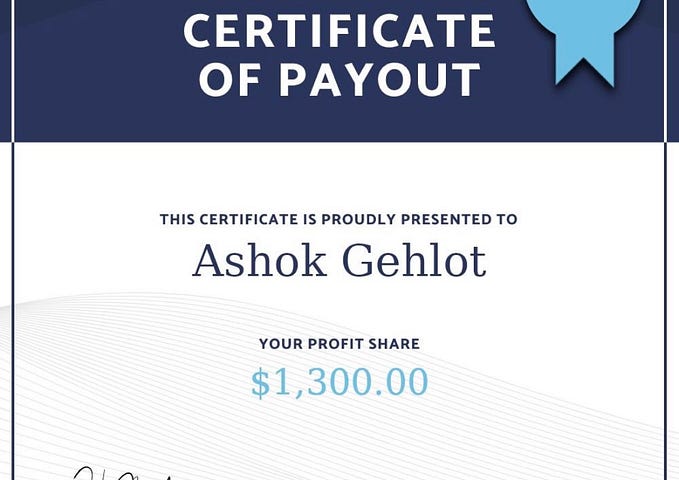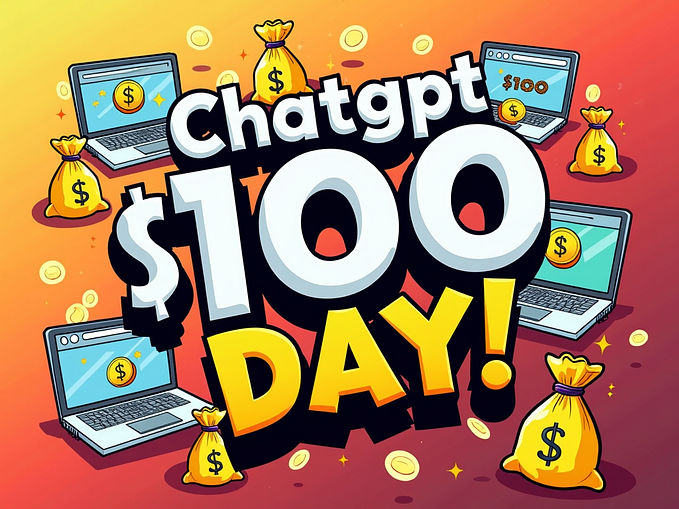Feelings, nothing more than feelings: re-assessing the sentiment of investing in music.
Understanding prevailing sentiment of an industry is a critical tool for any investor. Fundamentally, our job is to seek out opportunities that others deem as scary and avoid investments where everyone seems to already be enthusiastic.
Where are we on the “fear” vs “euphoria” spectrum when it comes to entertainment & intellectual property investing? In this post, we’ll tackle music first:
The “headline” view:

Peeling back the onion:
1 — The middle market is cautiously optimistic
Independent rights holders we speak with within the recorded music industry have certainly regained their confidence over the last 18 months — as streaming started delivering on promises — but the feeling is still ‘cautiously optimistic’. Part of the caution can be attributed to a sense that your destiny is controlled by mechanisms you don’t fully understand or were misinformed about (playlist curation, market share-driven royalty calculations, etc).
Hip-hop and urban genre participants are closer to overswinging towards euphoria as they see most examples of “overnight” success on streaming services. As a datapoint, we are seeing several opportunities to deploy capital at ~5–7x cash flow in the lower middle-market segment of urban music.
Market participants in the rock and plain vanilla pop/songwriter genres remain more skeptical and are not budgeting for recorded music to carry the weight of their businesses quite yet. Commensurately, valuation expectations reflect this and, for smaller scale opportunities, on occasion can be as low as 3–4x.

2 — Large cap / up-market is frothy
What a difference 18 months make. In the music investing world, there are few better ways to demonstrate this than to look at how the financial markets value Universal Music Group, the largest of the major label groups (as part of Vivendi).
To keep things apples to apples, let’s pick one major market participant and trace their sentiment — JPMorgan:
— July 2016 —
Backdrop: the story that the music industry is growing again by now is not new, but it’s not yet front page of Wall Street Journal material.
JPM says:
“We continue to see a strong growth opportunity from growing streaming services but for now see limited upside risk to our estimates”
JPM estimates:
2016 full year growth of UMG Recorded Music: +1%
2017 full year growth of UMG Recorded Music: +9%JPM valuation:

Since July 2016, UMG delivered strong results and is currently showing organic growth of its recorded music business at ~10-12%. Solid performance.
— January 2018—
Backdrop: Spotify is preparing for a high-profile direct listing, Apple Music subscriber growth is accelerating, and Wall Street Journal writes about the music industry at least twice per month
JPM says:
“UMG should make at least 2x the profit of Spotify. On that basis a Spotify valuation of $20bn would imply a UMG valuation of $40bn”
JPM estimates:
2018 estimate of UMG Recorded Music growth: +8.5%
2019 estimate of UMG Recorded Music growth: +9.0%JPM valuation:

Changing valuation methodology away from true economics of a business to a higher-priced industry benchmark is behavior reminiscent of many frothy situations across industries.
Forget the dynamics of public markets and let’s keep it simple. To pay 45x cash flow for anything implies investors are comfortable starting with an annual yield of 2.2% (1/45) on their money. Even if the underlying asset is growing at 10% as UMG is — solid, but not astronomical — investors will only be earning 3.6% on their money in 5 years. What’s the damn point?
Let’s summarize in a tweet:


Tread carefully.






